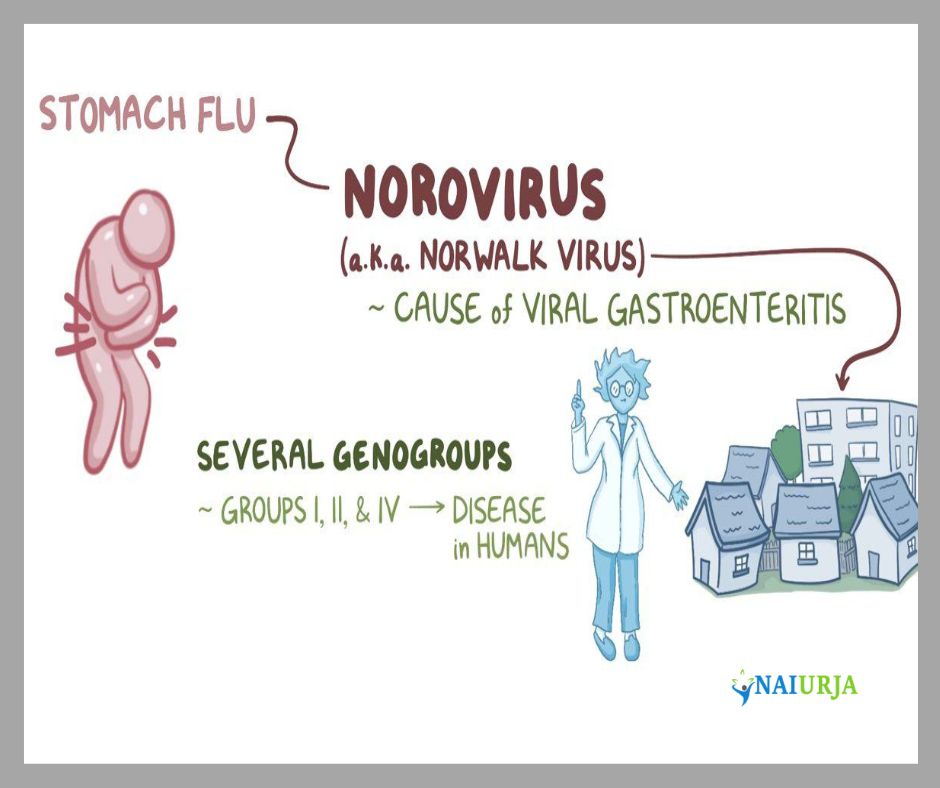Winter has its own villain, and it goes by the ominous name of Norovirus, commonly known as the “Winter Vomiting Bug.” This stealthy offender brings forth a symphony of symptoms, featuring the infamous duo of “projectile vomiting” and “explosive diarrhea.” Unsurprisingly, this clandestine troublemaker tends to make its grand entrance during the colder months. The latest data from the Centers for Disease Control and Prevention (CDC) reveals that the current Winter season is no exception, with surges spreading across various regions of the U.S.
The Northeastern Battleground
The Northeastern part of the U.S. finds itself at the epicenter of this viral storm, experiencing a significant surge. Recent data indicates that over 13% of norovirus tests conducted since late January have yielded positive results, painting a concerning picture of the situation. Following closely is the Western U.S., where test positivity rates have soared above 12% in the recent weeks. However, it’s essential to note that these numbers, although alarming, are still below the peaks witnessed in the previous Winter, where norovirus test positivity rates exceeded 15% nationwide.
Decoding Test Positivity
Understanding norovirus activity requires deciphering the test positivity rates, a somewhat rough gauge dependent on the number of tests ordered. Various factors influence this metric, including the reporting of outbreaks in the news, prompting healthcare professionals to prioritize norovirus testing for individuals displaying gastroenteritis symptoms. However, it’s crucial to acknowledge that many people infected with norovirus might not undergo testing, as there is no specific treatment available for this resilient virus.
Managing the Onslaught
In the absence of a targeted treatment, managing norovirus symptoms becomes the focal point for both patients and healthcare providers. Onset typically occurs 12 to 48 hours post-exposure, unleashing vomiting, diarrhea, stomach cramping, and, occasionally, low-grade fever, chills, headaches, and muscle aches. The challenge lies in the severity of these symptoms, surpassing the ordinary spectrum of gastroenteritis, with “projectile” and “explosive” vividly describing the ordeal.
Norovirus Contagion: The Thanos of Pathogens
Norovirus isn’t just a formidable adversary; it’s the Thanos of gastrointestinal pathogens, boasting super-contagious traits. Unlike its fictional counterpart, it survives standard cleaning measures, requiring a robust response. A mere 10 to 100 virus particles can initiate an infection. To combat this microscopic menace, a chlorine bleach solution with a concentration of 1,000 to 5,000 ppm or an EPA-registered disinfectant is the superhero choice. However, a crucial reminder: these disinfectants are for surfaces, not for personal use. Ingesting or injecting bleach is a hazardous choice, regardless of any misguided suggestions.
Guarding Against Contagion
Given its contagious prowess, precautions are paramount when dealing with norovirus. Employ rubber or disposable gloves when handling potentially contaminated objects or surfaces. Disposal of any potentially contaminated items should be executed with utmost care to prevent inadvertent contact, especially by children and pets. Physical isolation is key for individuals with a norovirus infection, and it’s crucial to resist the temptation of licking their possessions. In these circumstances, proper containment ensures that an outbreak doesn’t escalate from overlooked garbage.
As the Winter Vomiting Bug continues its seasonal reign, vigilance and proactive measures become our shield against its unwelcome presence.


